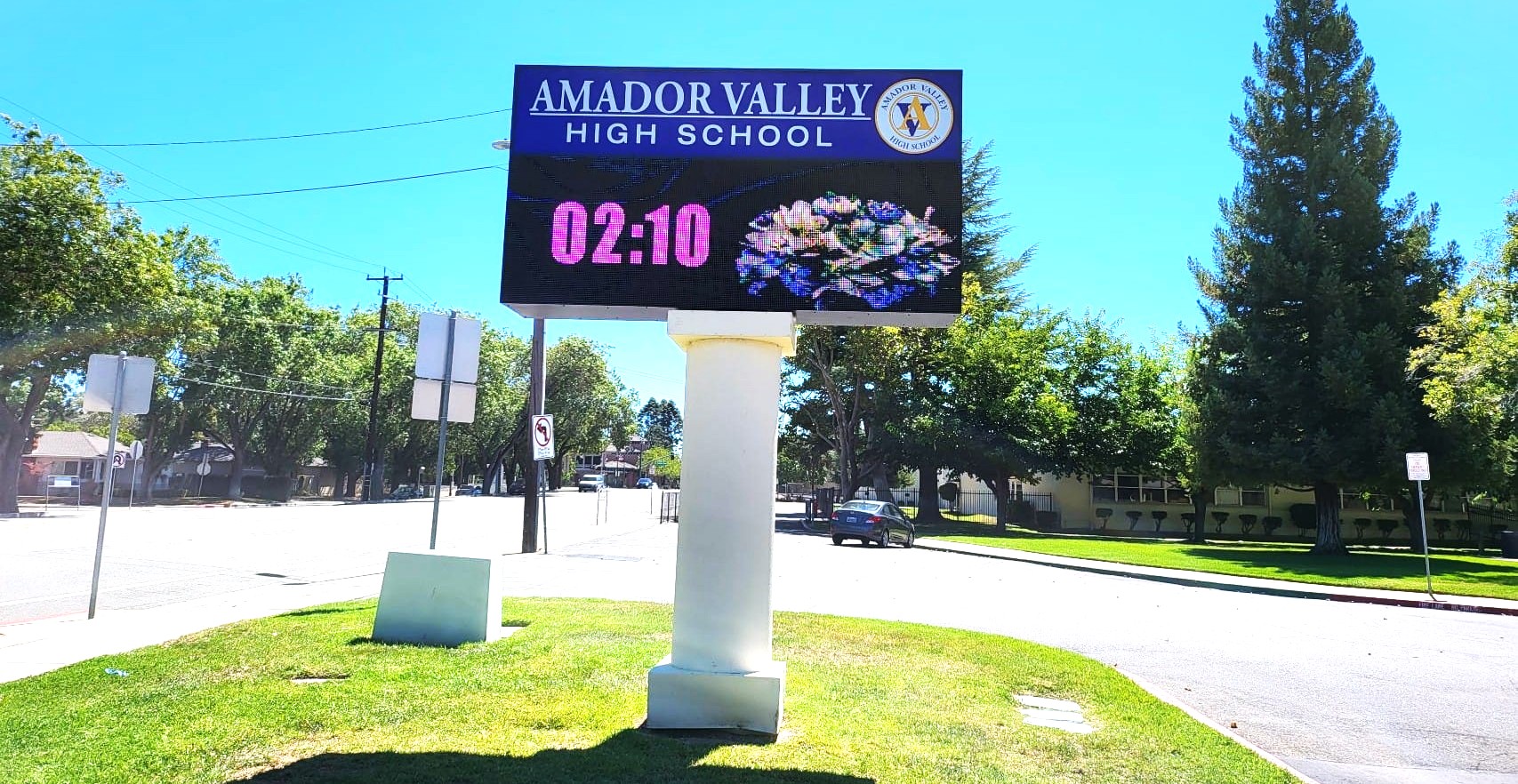
08 Apr Complete Guide to LED Video Walls for Educational Institutions
Introduction
In today’s digital-first educational landscape, effective communication and engaging learning environments are more important than ever. LED video walls have emerged as a transformative technology for schools, colleges, and universities, offering unprecedented opportunities to enhance student learning, streamline communication, and create dynamic campus experiences.
This comprehensive guide explores everything educational institutions need to know about implementing LED video wall technology—from understanding the fundamental benefits and selection criteria to maintenance best practices and funding considerations. Whether you’re a K-12 school administrator, university facilities manager, or IT director for a school district, this resource will help you make informed decisions about LED display technology for your educational environment.
What Are LED Video Walls and Why Are They Revolutionizing Education?
LED (Light Emitting Diode) video walls are large-format digital displays composed of multiple LED panels that work together to create a seamless viewing experience. Unlike traditional projectors or standard displays, LED video walls offer superior brightness, clarity, and versatility, making them ideal for diverse educational environments.
These dynamic display solutions have been transforming educational spaces by:
- Creating immersive learning environments that increase student engagement
- Providing crystal-clear visibility from any angle in large spaces like auditoriums and gymnasiums
- Enabling flexible content display for announcements, events, wayfinding, and emergency notifications
- Supporting interactive learning experiences through touch-enabled options
- Offering long-term reliability with lower maintenance requirements than traditional display technologies
7 Key Benefits of LED Video Walls for Educational Institutions
1. Enhanced Student Engagement and Learning Outcomes
Today’s students are digital natives who respond positively to visual stimulation. LED video walls create immersive learning environments that capture attention and improve information retention. Research from the University of Minnesota found that visual learning environments can improve learning outcomes by up to 400% compared to traditional instruction methods.
LED displays enable educators to:
- Present complex concepts through dynamic visualizations
- Incorporate multimedia content that appeals to different learning styles
- Create interactive learning experiences that promote active participation
- Display student work in high resolution, fostering pride and motivation
2. Versatile Communication Solutions for Campus-Wide Information
Educational institutions face unique communication challenges across sprawling campuses with diverse audiences. LED video walls provide a centralized, attention-grabbing platform for disseminating important information to students, faculty, staff, and visitors.
Common communication applications include:
- Digital bulletin boards for announcements and upcoming events
- Wayfinding displays to help navigate complex campus layouts
- Emergency notification systems for rapid campus-wide alerts
- Recognition displays celebrating student and faculty achievements
- Live streaming of campus events, sports, and ceremonies








